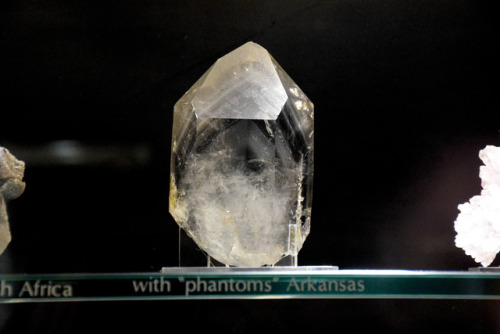
The Section of Minerals has specimens of both white and black phantom quartz crystals from Arkansas.
Carnegie Museum of Natural History
One of the Four Carnegie Museums of Pittsburgh
by wpengine

The Section of Minerals has specimens of both white and black phantom quartz crystals from Arkansas.
by wpengine
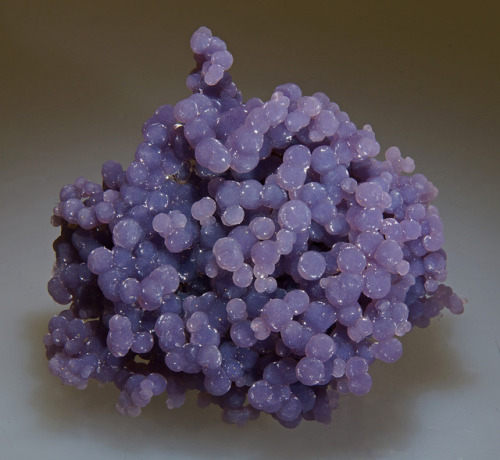
You can probably guess where this “grape” agate gets its name. It is now on display at Carnegie Museum of Natural History.
(Photo by Debra Wilson)
by wpengine
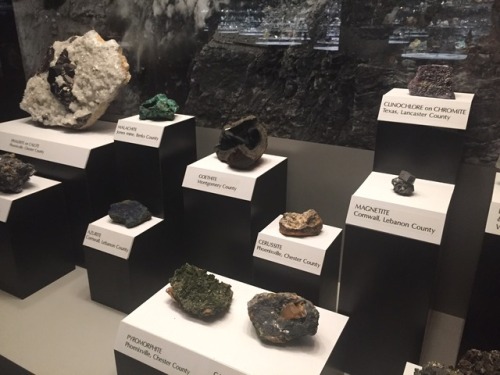
Did you know that the Section of Minerals has the most nearly complete and comprehensive collection of Pennsylvania minerals in the world?
by wpengine

After 25 years at Carnegie Museum of Natural History, Curator of Collections for the Section of Minerals, Marc Wilson, retired in August 2017. Marc began managing the museum’s impressive mineral and gem collection in 1992 and greatly improved the collection and exhibition halls during his tenure.
In 2007 Hillman Hall of Minerals and Gems was renovated and expanded with the addition of Wertz Gallery: Gems and Jewelry. He received the Friends of Mineralogy Award of Merit and was recognized as EFMLS Honoree for the 2001 AFMS Scholarship Award. He was inducted into the National Rockhound and Lapidary Hall of Fame in 2001 and served as a consulting editor for Rocks & Minerals since 1998. Collection Assistant Debra Wilson will now serve as Collection Manager for the Section of Minerals at Carnegie Museum.
Congrats to both Marc and Deb!
by wpengine
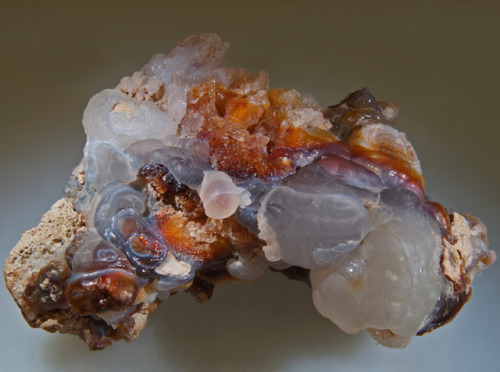
Quartz var fire agates were formed during a period of volcanism when hot water, saturated with silica and iron oxide, repeatedly filled cracks and bubbles in the surrounding rock.
(photo by Debra Wilson)
by wpengine
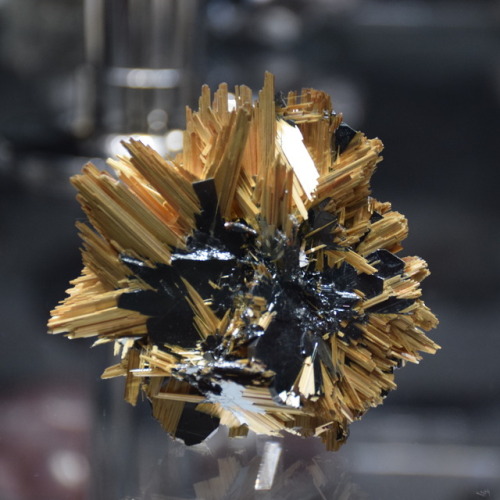
Found in Brazil, this rutile epi hematite specimen is part of the oxide mineral class.
